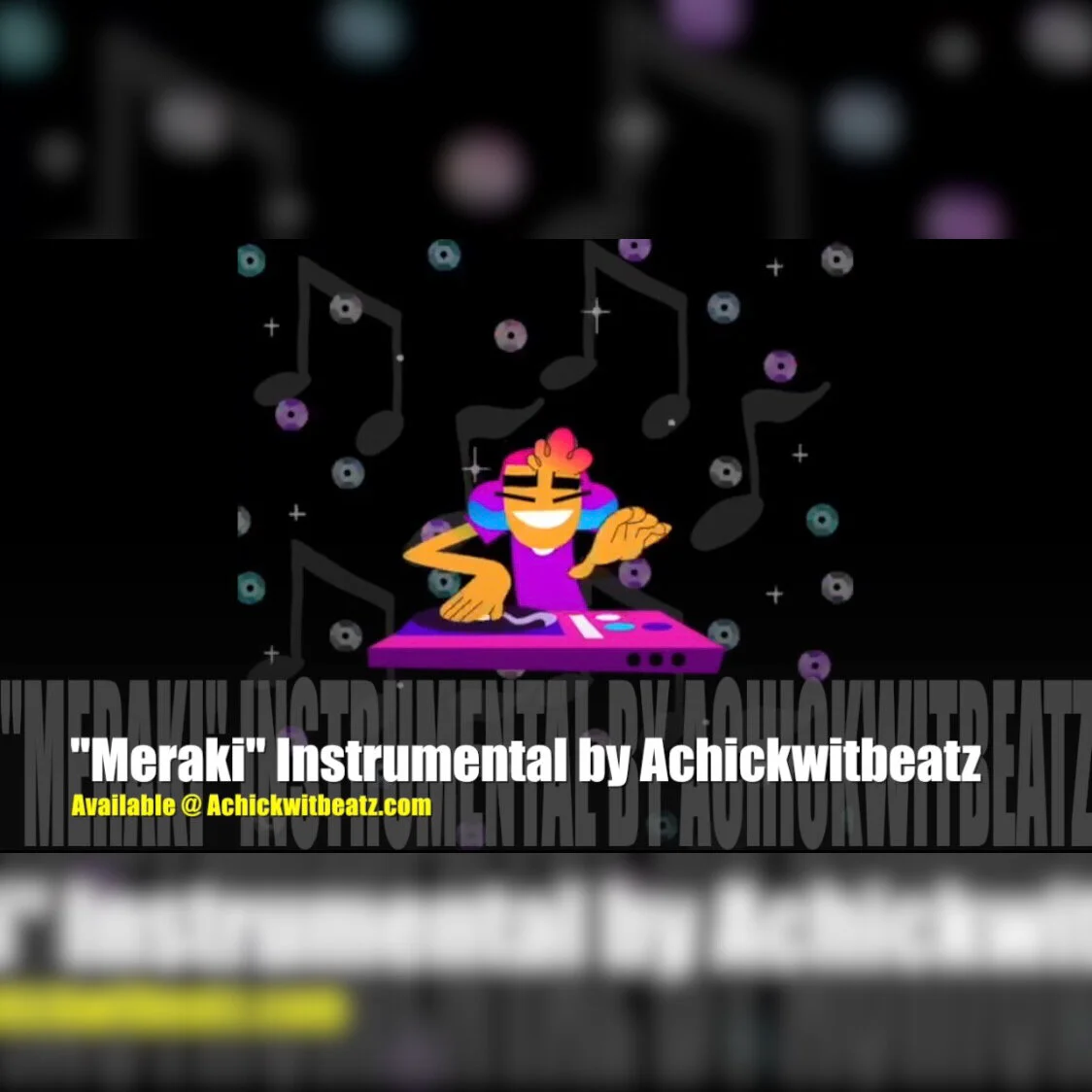As an independent artist, you pour your heart, energy, and essence into your music, and once it's finally time to share it with the world, you want it to land with the biggest possible impact. While the quality of your music is important, the when of your release can be just as crucial. Strategic timing can amplify your reach, engagement, and ultimately, your success, making every move count. Let's explore how you can time your releases for maximum impact.
Understanding the Landscape and Key Timing Factors
Photo by Alex Crosbie on Unsplash
Before you lock in a release date, remember that your music is entering a vast ecosystem affected by many factors. Being aware of the broader landscape can help you maximize your impact within your genre/niche. Strategic timing is about leveraging industry rhythms and audience behaviors to your advantage. Understanding these fundamentals can help you position your music for greater visibility and help it connect with listeners. Here are some key factors to analyze and consider:
Genre Trends and Seasonality: Certain genres tend to perform better at specific times of the year. For example, upbeat, summery tracks might thrive in the warmer months, while more introspective or cozy music could resonate during autumn and winter. Research if your genre has any inherent seasonal peaks or lulls. Are there any major genre-specific events or festivals that might influence listener habits?
Industry Release Cycles: Currently, Friday is universally recognized as "new music day." This is when major streaming platforms update their charts and feature new releases. Aligning your release with this day can give you a better chance of being included in algorithmic playlists and new music sections; however, choosing a different day may help you stand out.
Competition: Take a look at what other artists in your genre (especially those at a similar career stage) are releasing around the time you're considering. Releasing on the same day as a highly anticipated album from a major artist in your niche might mean your music gets lost in the noise. Consider aiming for a slightly less crowded release window.
Your Existing Momentum: Have you recently finished a successful tour? Did a previous single gain significant traction? Has a recent social media post gone viral? Capitalizing on existing momentum can be a powerful strategy. Releasing new music while you have heightened audience attention can lead to better initial engagement.
Lead Time for Promotion: Don't underestimate the time needed for effective pre-release promotion. Building anticipation through social media teasers, pre-saves, and press outreach may require weeks, if not months, of lead time. Your release date needs to accommodate your promotional plan.
Platform Considerations: Different platforms have different algorithms and editorial focuses. Researching when your genre tends to get featured on key playlists on platforms like Spotify, Apple Music, and Deezer can inform your timing.
A Step-by-Step Approach to Crafting Your Release Timeline
Photo by Volodymyr Hryshchenko on Unsplash
With a clear understanding of the key timing factors, you can move from analysis to action and bring your plan to life. Creating a strategic release timeline lets you orchestrate the steps you need to take to build anticipation, reach your audience effectively, and amplify the impact of your music. A well-defined timeline guarantees you're not scrambling at the last minute and lets you make the most of every opportunity. Here's a step-by-step approach to crafting a powerful release timeline:
Define Your Goals: What do you hope to achieve with this release? Increased streams, more followers, press coverage, radio play? Your goals will help you determine your promotional activities and, as a result, your ideal release window.
Work Backwards from Your Ideal Release Date: Once you have a target release date in mind, you can work backward, factoring in the necessary time for each promotional activity.
Plan Your Pre-Release Campaign: This is where you build anticipation. Consider these elements and allow sufficient time for each:
Content Creation: High-quality visuals (artwork, photos, videos), engaging social media posts, and potentially behind-the-scenes content.
Pre-Save Campaigns: Aim to start these 4-6 weeks before release. This helps build momentum and ensures fans are notified the moment your track drops.
Social Media Teasers: Gradually reveal snippets of your music, artwork, or videos to pique interest.
Press Outreach: Contact blogs, magazines, and radio stations well in advance (6-8 weeks is often recommended) with a compelling press kit.
Playlist Pitching: Submit your music to Spotify editorial playlists and relevant third-party playlists in advance (at least 2-4 weeks).
Advertising (Optional): If you have a budget, plan your social media or platform advertising campaigns to coincide with your pre-save and release periods.
Consider Key Dates and Events: Are there any relevant holidays, cultural events, or personal milestones that you can tie into your release? A Valentine's Day release for a love song or a summer anthem dropping right before vacation season can be effective.
Be Flexible and Adapt: Even with the best planning, things can change. Be prepared to adjust your timeline if unexpected opportunities arise or if you run into delays in the production or distribution process.
Sustaining Momentum Beyond the Initial Release
The day your music drops is a significant milestone, but it's important to realize that it's not the end of your promotional journey. Maintaining momentum after your release is just as critical as the pre-launch build-up. To connect with a wider audience and see sustained growth, you need a strategic plan for the weeks and months following your release. These post-release activities are what keep your music discoverable, engage new listeners, and solidify your connection with existing fans. Let's explore some essential strategies to keep that initial buzz going and your music moving forward:
Continued Promotion: Don't stop engaging on social media. Share reviews, fan reactions, and behind-the-scenes stories.
Music Video Release: If you have a music video, consider releasing it a week or two after the audio track to generate a second wave of interest.
Live Performances: Schedule shows around your release to connect with fans in person and promote your new music.
Remixes or Acoustic Versions: Releasing alternative versions of your track can keep it fresh and attract new listeners.
Ready to Launch?
Timing your music releases strategically is a major element of effective music marketing for independent artists. It involves balancing a thoughtful blend of industry awareness, meticulous planning, and sustained engagement. By understanding the landscape, strategically crafting your timeline, and nurturing momentum beyond the initial drop, you empower your music to find its audience and make a lasting connection. Embracing this holistic approach will make sure you don't just release your music; launch it with intention and precision.
- Art
- Independent Labels
- Internet Radio
- Music Documentaries
- Album Reviews
- Music History
- Music Industry News
- Free Game Friday
- Free Downloads
- Poetry
- Books
- Interviews
- Did You See It?!
- Hip Hop History
- Hear Here
- Music News
- Hip Hop Documentaries
- Music Marvels Radio Show
- Think Piece Thursday
- Mini Documentaries
- Instrumental Intel
- Music Humor
- Indie Analysis
- Conversations & Quotables
- Music
- Resources for Artists
- Podcasts
- Beats/Instrumentals
- Music Education
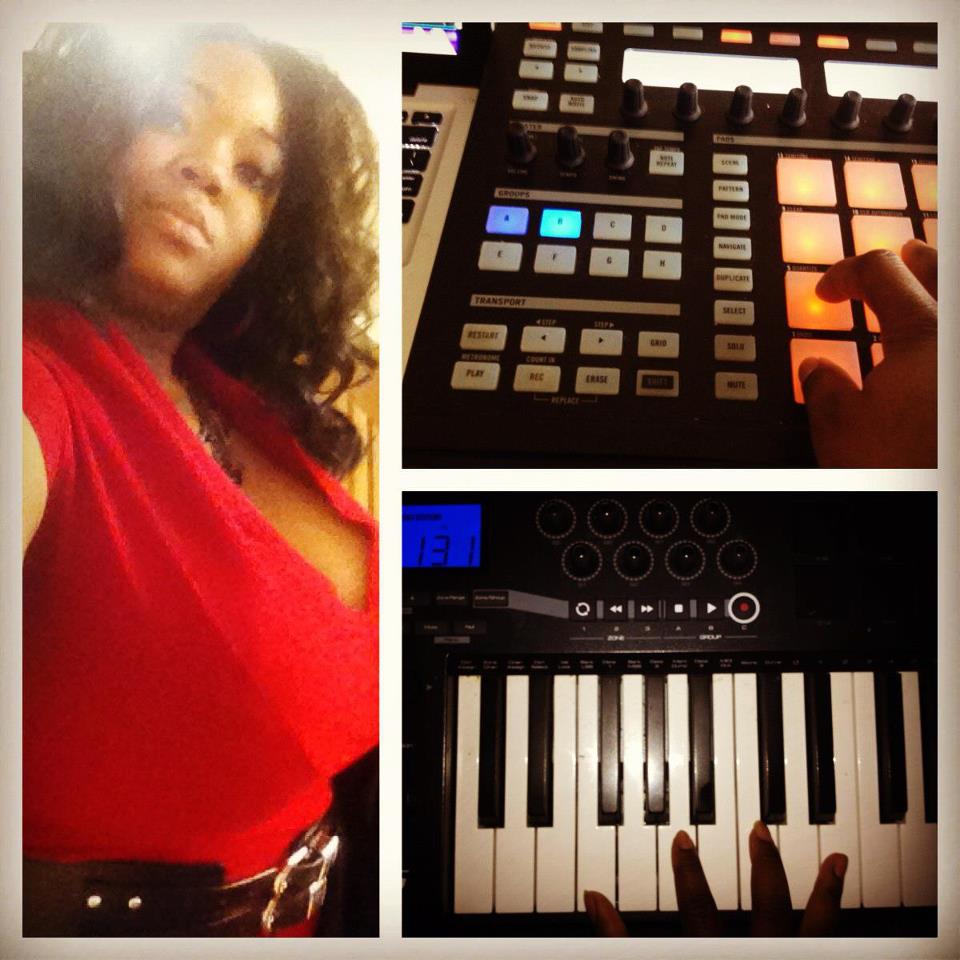


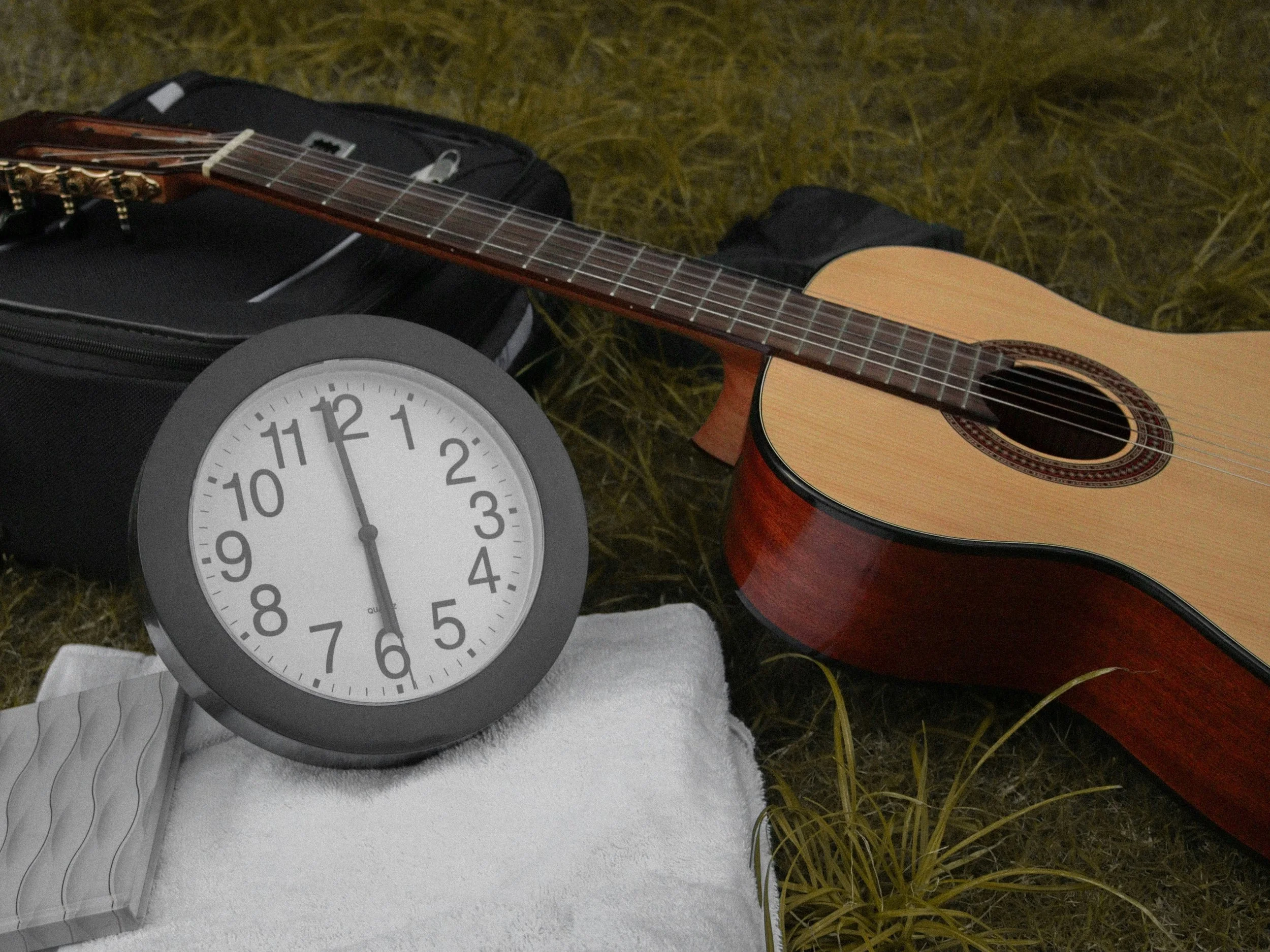

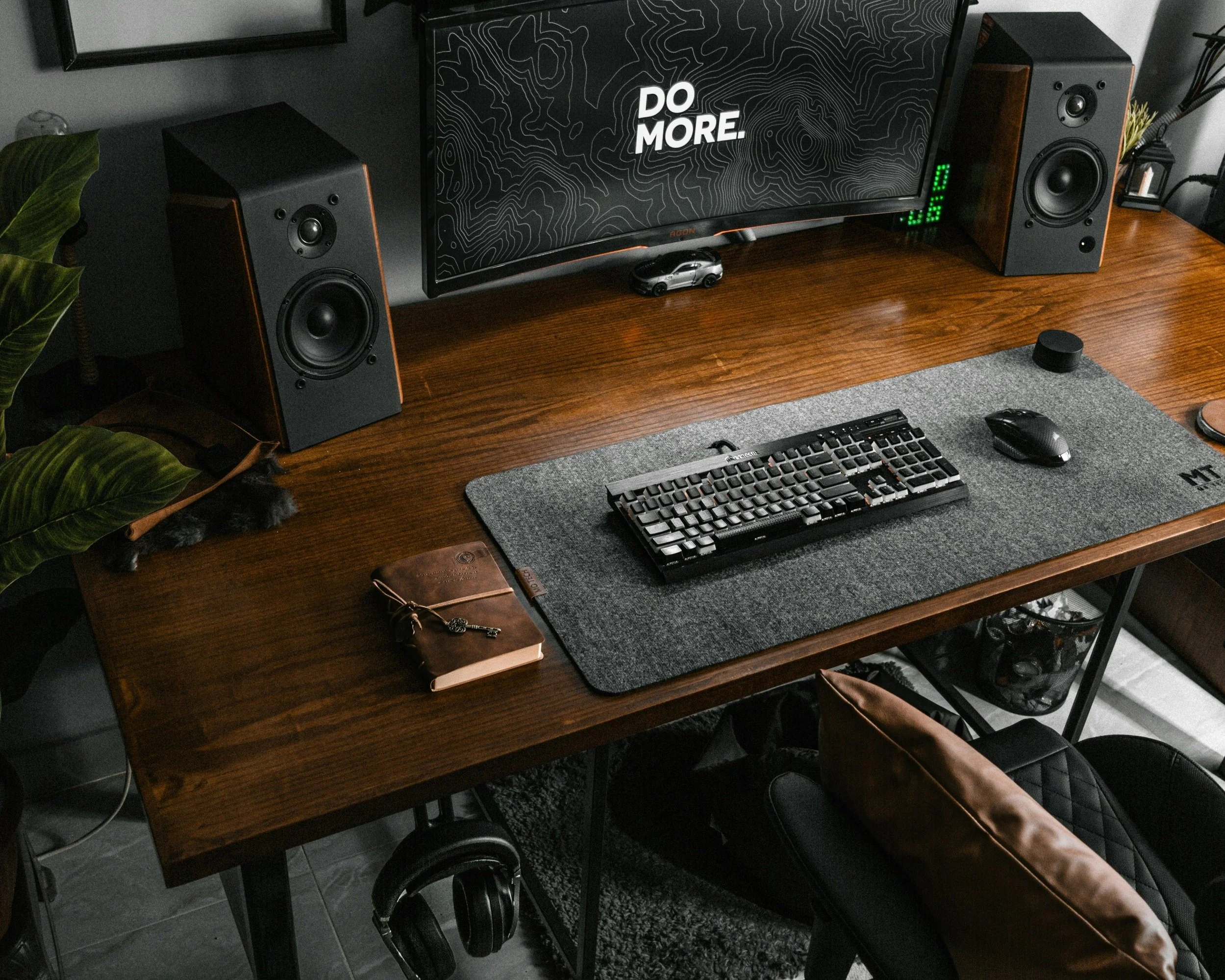




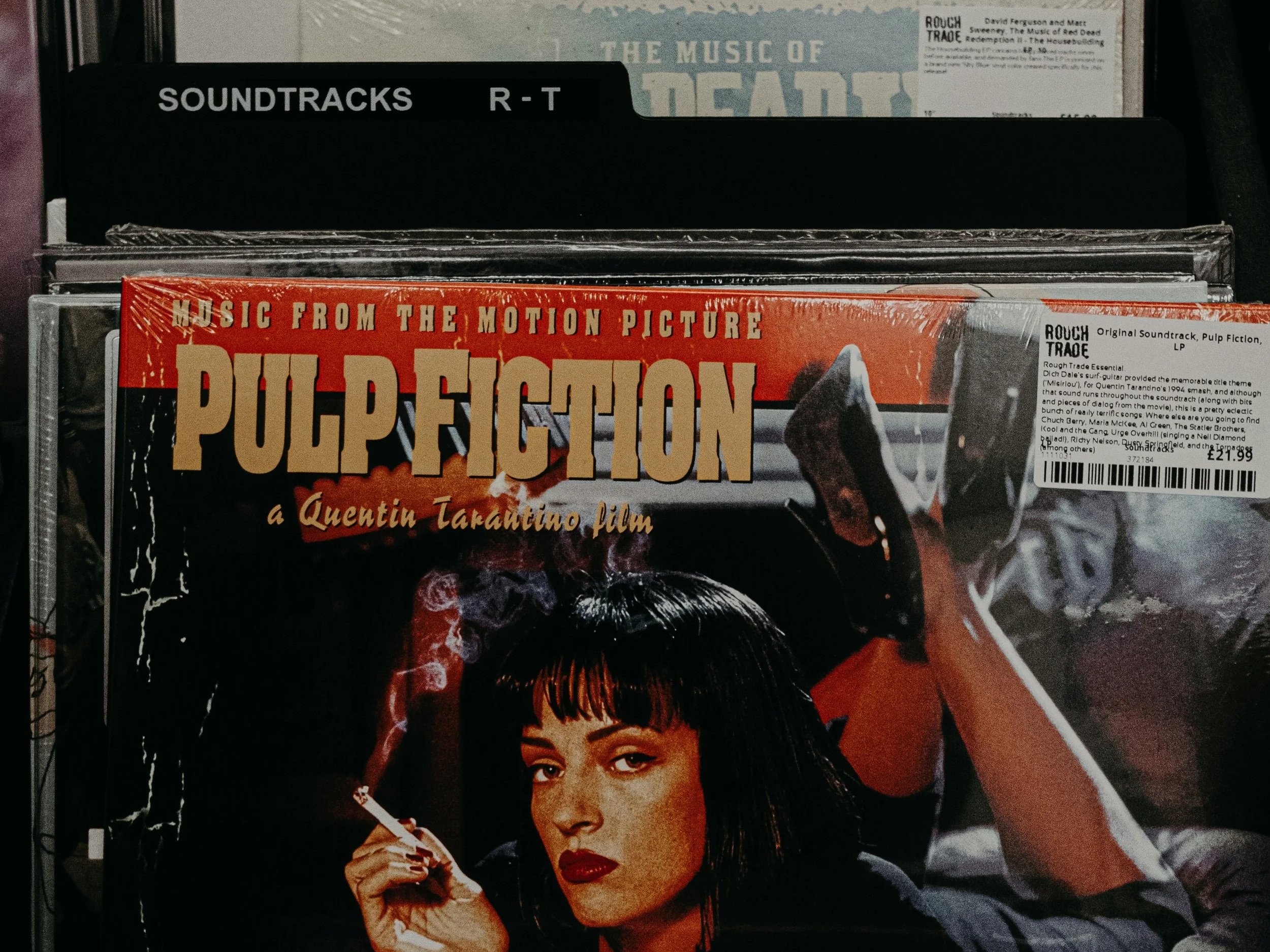






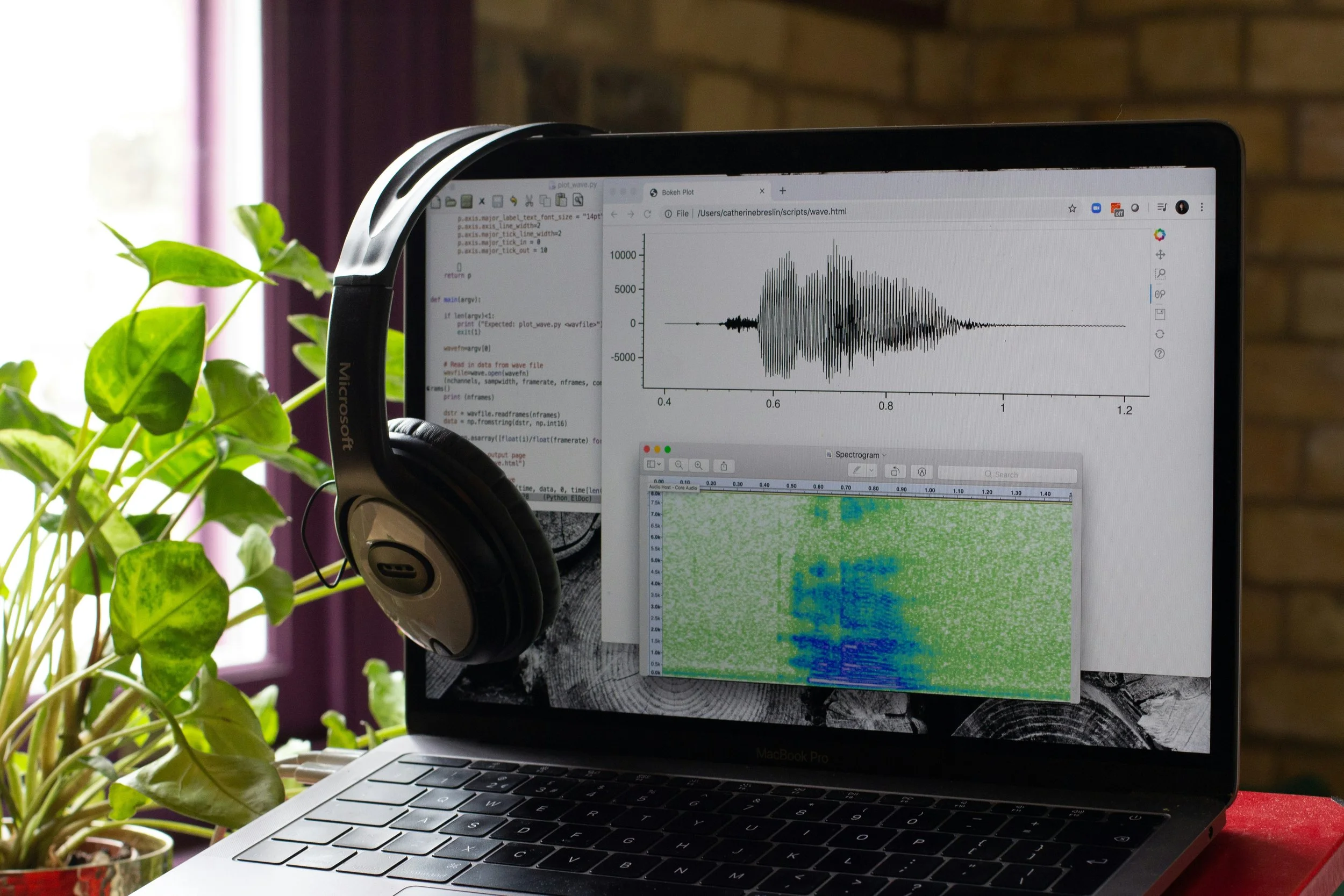






![Hear Here: Achickwitbeatz - Dopamine & Serotonin [Single]](https://images.squarespace-cdn.com/content/v1/52b0b90ae4b0293bfed0d692/1710852808557-EZYGFDIBHLBSIRFOVS1Q/Dopamine+%26+Serotonin.JPG)



